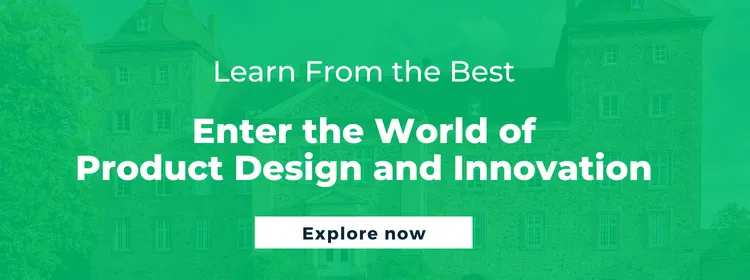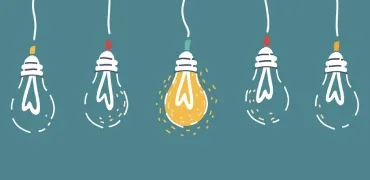Experience Design 101: A Comprehensive Guide and its Distinctions From UX
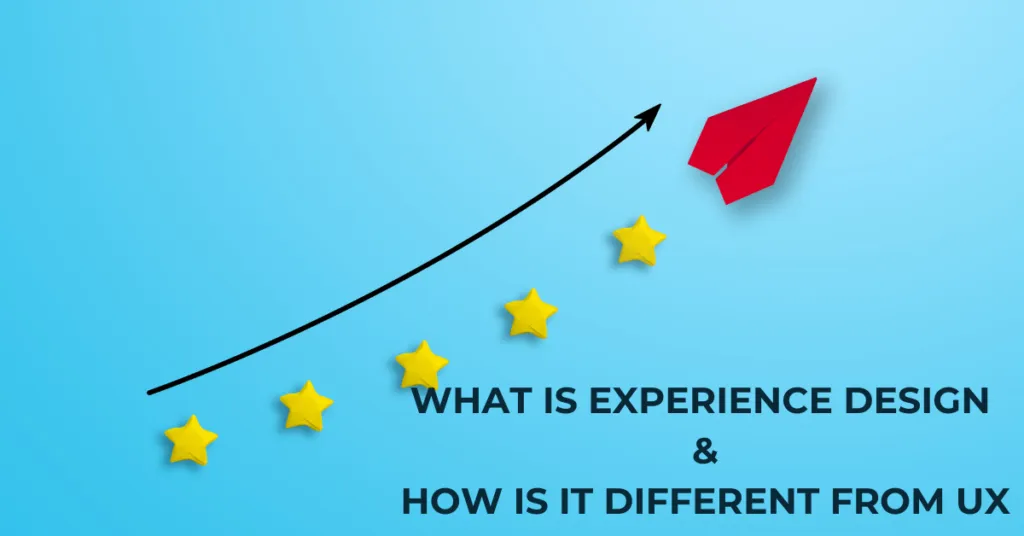
Engaging with the concept of experience design reveals a multidimensional approach to creating products and services that resonate deeply with users. Moreover, this approach emphasizes functionality and the emotional and contextual relevance of user interactions. Notably, experience design should not be confused with User Experience (UX) design; the former, to put it briefly, is all about maintaining an intricate balance between technical proficiency and empathetic design thinking. Let’s then explore this concept further to understand its nuances and uses in product development.
What is the Difference Between Experience Design and User Experience (UX) Design?
1. Scope and Focus
Experience design encompasses a broader spectrum than UX design, focusing on the end-to-end journey of a user’s interaction with a product or service. Furthermore, it integrates aspects beyond digital interfaces, considering the entire ecosystem that affects a user’s experience with the product. In contrast, UX design optimizes the usability and satisfaction derived from interacting with a digital product.
2. Methods and Processes
Experience design employs a diverse range of methodologies from various disciplines, including psychology, anthropology, and design thinking. Consequently, this multidisciplinary approach facilitates a deeper understanding of user needs and behaviors. Moreover, UX design primarily concentrates on the iterative process of improving digital interfaces, often through user testing and feedback.
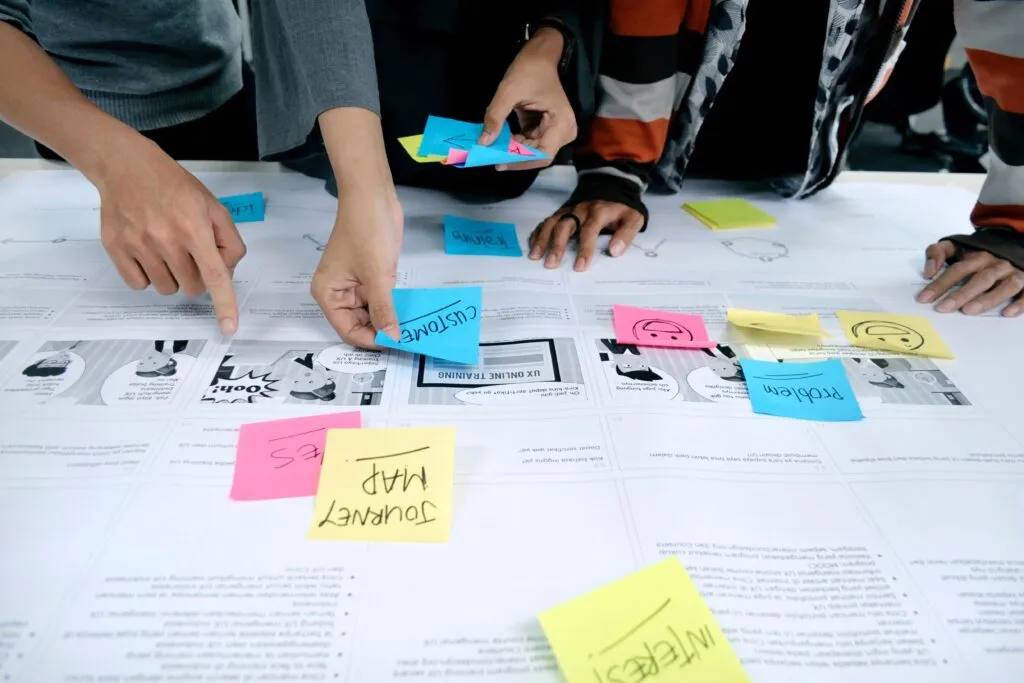
3. Goals and Objectives
The primary goal of experience design is to create meaningful and memorable experiences that forge a strong emotional connection with the user. Additionally, it seeks to anticipate and fulfill the needs and desires of users in a holistic manner. Conversely, UX design aims to enhance user satisfaction by improving the usability, accessibility, and delight in interacting with the product.
4. Impact and Measurement
The impact of experience design is measured not just by user satisfaction but also by its ability to elicit positive emotions and create lasting memories. Additionally, metrics for evaluating experience design extend beyond traditional usability testing, incorporating qualitative assessments of user emotions and narratives. On the other hand, UX design metrics often focus on efficiency, effectiveness, and satisfaction in specific interactions.
5. Future Trends and Evolution
Lastly, experience design is continuously evolving, influenced by emerging technologies, cultural shifts, and user expectations. Furthermore, it embraces innovation in areas such as virtual reality, artificial intelligence, and beyond to create immersive and interactive experiences. Meanwhile, UX design remains critical in ensuring that these technological advancements remain accessible and meaningful to users.
ALSO READ: What is Product Management and Why it is a Great Career Choice
How Does Experience Design Impact Product Development?
1. Enhancing User Engagement
By prioritizing experience design in product development, companies can significantly increase user engagement and loyalty. Furthermore, creating intuitive and emotionally resonant experiences encourages deeper user involvement. This focus on holistic user experiences further ensures that products are not only functional but also delightful to use.
2. Driving Innovation
Experience design serves as a catalyst for innovation, pushing teams to explore new methodologies and technologies. Consequently, it fosters a culture of experimentation and creativity, which is essential for developing groundbreaking products. Most importantly, by emphasizing human-centered design, it ensures that innovations remain grounded in real user needs and contexts.
3. Facilitating Collaboration
Experience design encourages collaboration across disciplines, breaking down silos between design, engineering, marketing, and beyond. Additionally, this collaborative environment enhances the development process, ensuring that diverse perspectives contribute to a well-rounded product. It bridges the gap between technical feasibility and user desirability as well, thus leading to more comprehensive solutions.
4. Ensuring Market Relevance
If companies integrate experience design early in the product development cycle, they can better ensure their products meet market demands. Doing so also allows for the early identification of user needs and market trends, making products more adaptable. This proactive approach reduces the risk of costly late-stage changes and ensures products are more likely to succeed upon launch.
5. Building Brand Loyalty
Experience design plays a crucial role in building brand loyalty, as memorable user experiences can differentiate a brand in a crowded marketplace. As a result, when brands consistently deliver positive experiences, they foster a strong emotional connection with their audience. This loyalty, in turn, translates into repeat business and positive word-of-mouth feedback, essential components of long-term success.
ALSO WATCH: Building a Successful Product Management Career Path: Lessons From an Industry Expert
What Role Does Experience Design Play in Creating User-Centric Solutions?
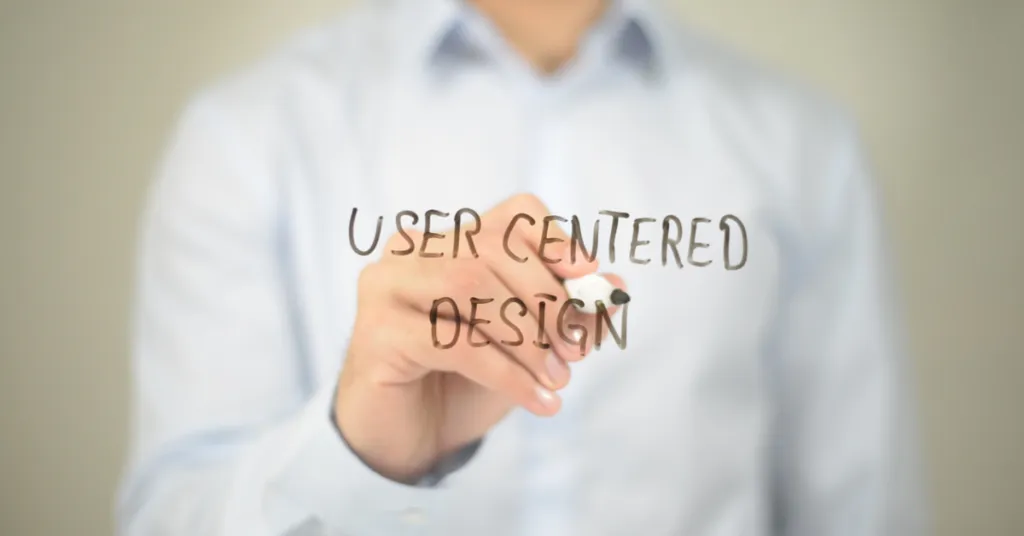
1. Understanding User Needs
Experience design emphasizes the importance of empathetic research methods to understand users’ true needs and desires. Leveraging human-centered design principles help designers to create solutions that genuinely resonate with users. Such a deep understanding informs every aspect of the design process, ensuring that solutions are not only functional but also meaningful.
2. Crafting Personalized Experiences
Experience design allows for the creation of personalized experiences, catering to the unique preferences and behaviors of individual users. Insights from data help to facilitate the delivery of tailored content, features, and interactions. Consequently, personalization enhances user satisfaction and engagement, as users feel seen and valued.
3. Simplifying Complex Interactions
This kind of design aims to simplify and streamline complex interactions, making technology accessible to a wider audience. The focus on clarity and intuitiveness in product development further reduces barriers to usage. This, in turn, encourages adoption and sustained engagement. It should be noted, however, that simplification does not mean diluting functionality; rather, it is about making the product more approachable and understandable.
4. Enhancing Accessibility
Accessibility is a key factor in experience design. It ensures that digital product design is inclusive of users with diverse abilities. The main aim is to make products that are accessible and usable by as many people as possible. This accomplishes two goals: first, access to an expanded user base, and second, it also reflects a brand’s dedication to social responsibility.
5. Fostering Emotional Connections
Experience design is necessary to foster emotional connections between users and products. Furthermore, by designing for emotional impact, products can become more than just tools—they can become part of a user’s identity and lifestyle. These emotional connections are invaluable because they contribute to user loyalty, advocacy, and long-term engagement.
What are Some Best Practices in Experience Design?
1. Prioritize User Research
Successful experience design begins with comprehensive user research. It is, therefore, important to understand the user’s world through interviews, observations, and empathy exercises and lay the foundation for meaningful design. This research should inform all stages of the design process, ensuring that decisions are grounded in real user insights.
2. Embrace Iterative Design
Embracing an iterative design process allows for continuous improvement and adaptation. Consequently, prototyping, testing, and refining based on user feedback ensures that the final product truly meets user needs. Such an iterative approach creates a flexible and resilient design process.
3. Foster Interdisciplinary Collaboration
Experience design thrives on interdisciplinary collaboration, bringing together diverse perspectives and expertise. Another advantage is that open communication and mutual respect among team members enhance creativity and innovation. Such a collaborative environment is essential for tackling complex challenges and delivering holistic solutions.
4. Focus on Emotional Design
Focusing on emotional design elements—such as aesthetics, storytelling, and immersive interactions—can significantly enhance the user experience and make it memorable and engaging. This is because emotional design connects on a deeper level, making products more relatable and desirable.
5. Leverage Emerging Technologies
Lastly, keeping abreast of emerging technologies and exploring their potential applications in experience design can provide a competitive edge. Technologies such as AI, Virtual Reality (VR), and Augmented Reality (AR) offer new possibilities for creating immersive and interactive user experiences. Undeniably, judicious use of technology can enhance functionality and engagement without overwhelming the user.
ALSO READ: Top 10 Product Management Trends to Watch Out for in 2024
For professionals interested in upping their design and innovation skills, Emeritus’ experience design courses are your ticket to success. These programs transcend traditional boundaries of UX design, digital product design, and human-centered design to create holistic, memorable experiences that resonate on a personal level. As we navigate the evolving landscape of technology and user expectations, the principles of experience design offer a compass for creating innovative, user-centric solutions. So, for those looking to deepen their understanding and skills in this vital field, Emeritus’ product management courses provide comprehensive training and insights. Embark on this educational journey and lead the charge in crafting experiences that truly matter to users, setting the stage for the next wave of digital innovation.
Write to us at content@emeritus.org


